#DeepSpaceMagic
Explore tagged Tumblr posts
Photo
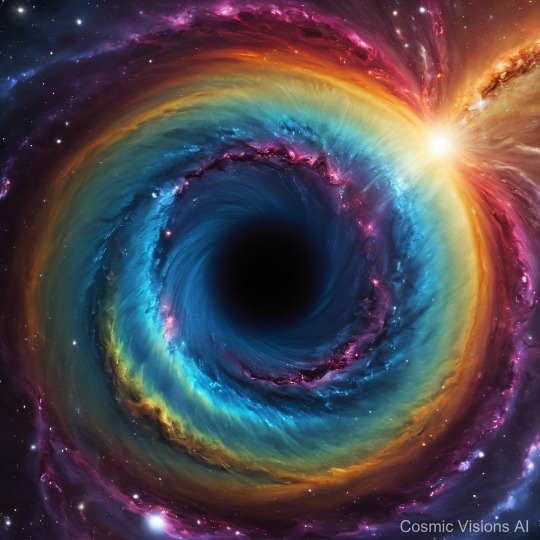
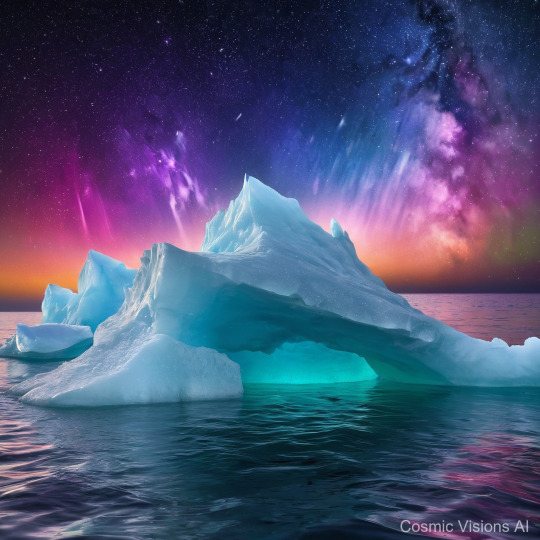
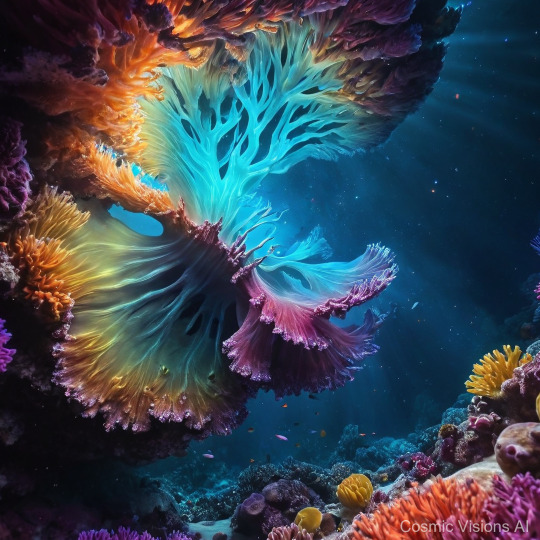
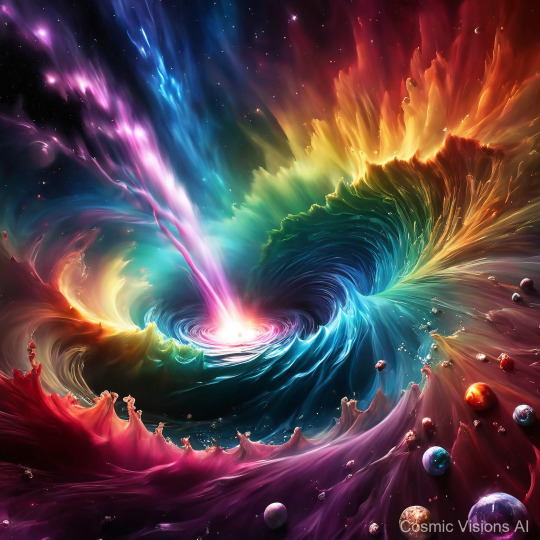
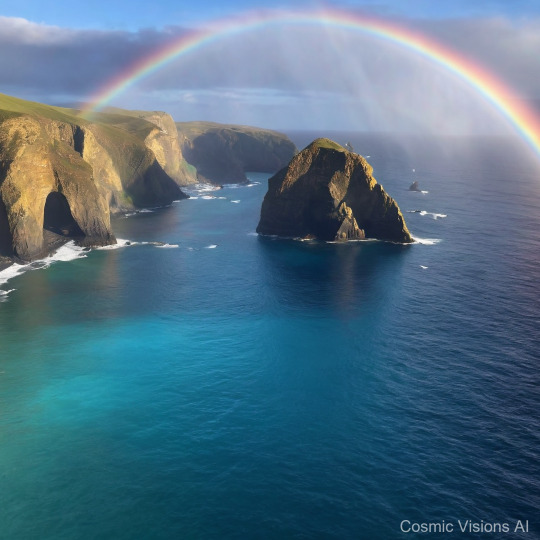
Planet Glissara, a remarkable celestial body observed from space as a swirling kaleidoscope of vibrant hues, largely consists of its vast jeweled rainbow ocean. From orbit, Glissara appears as a shimmering globe where each wave refracts sunlight into dazzling arrays of color, attributed to its unique atmospheric composition rich in prismatic gases. Surfacescape investigations reveal that the oceans consist of silicate sands mixed with crystalized minerals, causing the water to scatter light like billions of tiny gemstones. The atmosphere, though breathable, carries a perpetual mist which enhances the visual spectacle by creating natural rainbows that dance across the horizon. Storms on Glissara are a sight to behold, with multi-colored lightning strikes that illuminate the ocean in bursts, adding to this planet’s alluring yet mysterious charm.
#JeweledRainbowOceanPlanet#SpacePhotography#GalacticBeauty#AstronomyArt#CelestialWonders#CosmicSplendor#PlanetDreams#NebulaColors#StellarVoyage#DeepSpaceMagic
2 notes
·
View notes
Photo
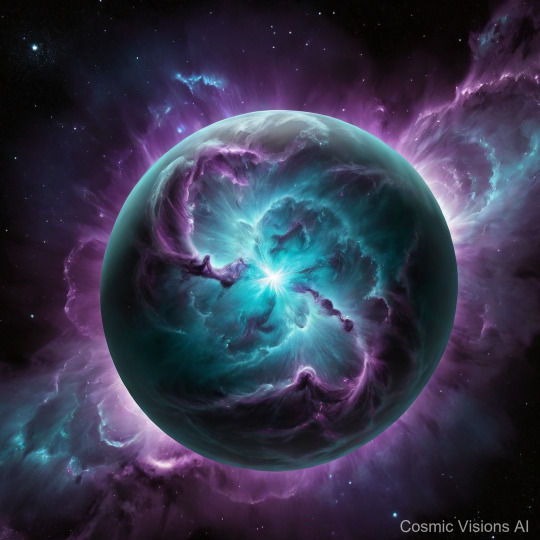
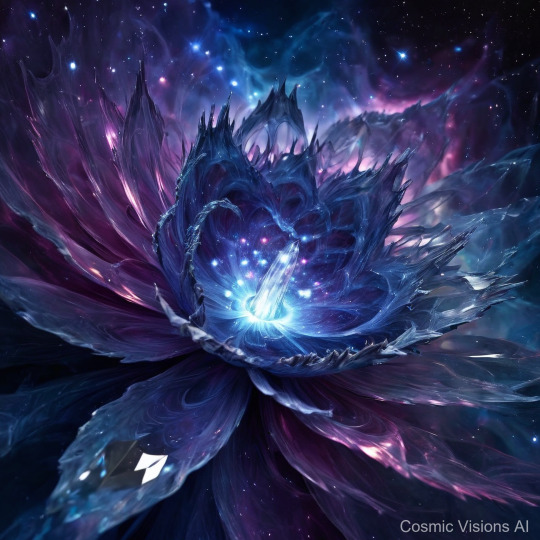
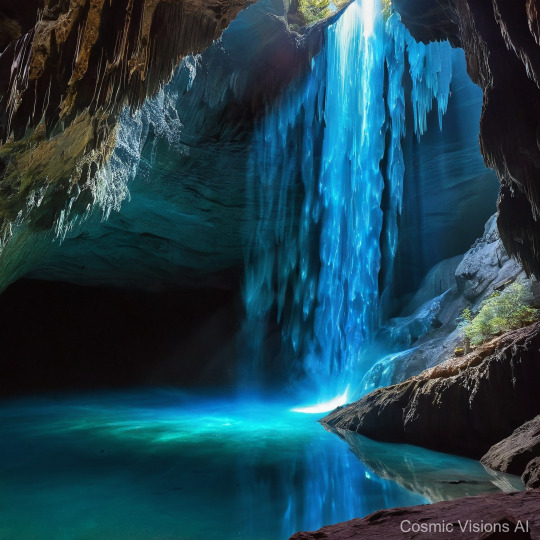
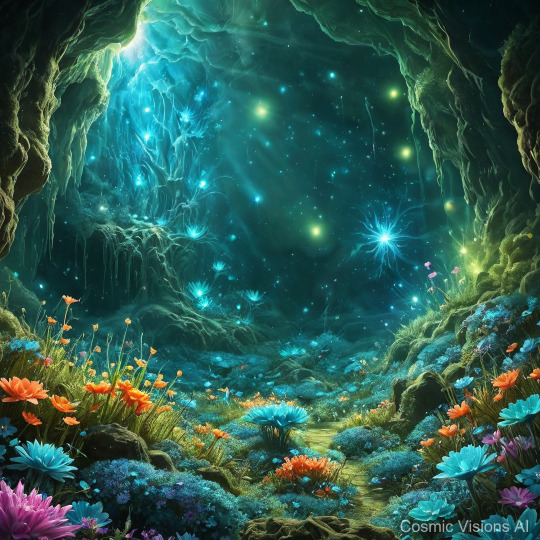
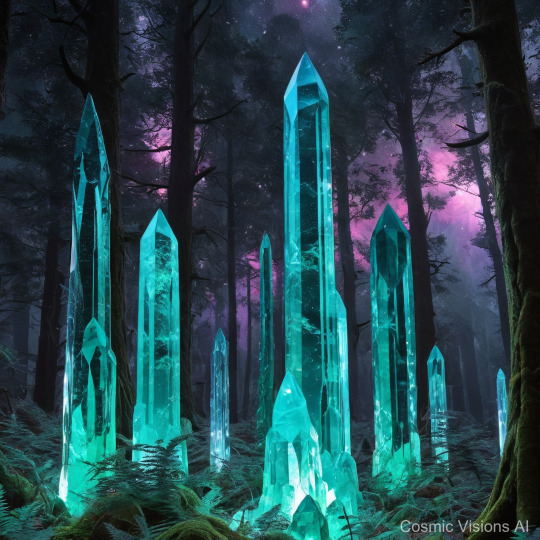
Planet Crystallon, a striking world observed from space, shimmers with a brilliant turquoise hue, hinting at its unique atmospheric composition predominantly of nitrogen with traces of xenon. Orbiting a dim red dwarf star, Crystallon is small yet mesmerizing, with frequent, gentle azure storms that sweep across its surface. The most fascinating feature of Crystallon lies beneath its tranquil storms: vast caves composed of naturally occurring, luminescent crystals. The cave systems glow with an ethereal light, casting patterns that suggest a complex, whisper-like mapping of sound waves from the planet’s gentle winds. These crystals, believed to be a form of silicon carbide, have formed into intricate structures that resonate with Crystallon’s atmospheric vibrations, creating a continuous symphony of delicate whispers. This acoustic phenomenon illustrates a planet alive with a visual and auditory beauty that is rare and scientifically intriguing.
#WhisperingCrystalCaves#SpaceGrotto#GalacticEchos#CelestialCaverns#MilkyWayWonders#AstralCrystals#CosmicWhispers#NebulaicChambers#StarrySpeleothems#DeepSpaceMagic
1 note
·
View note
Photo
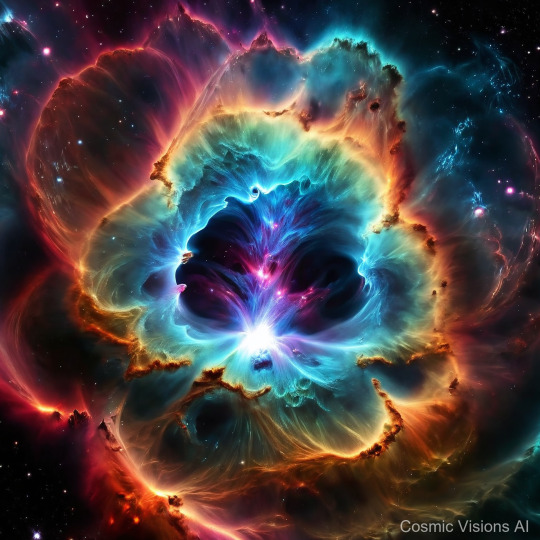
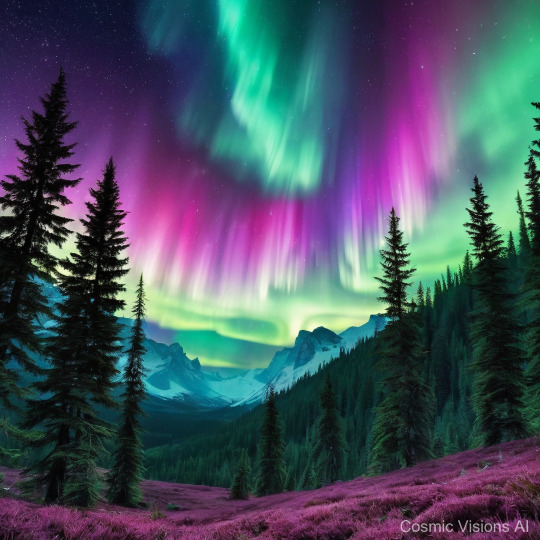
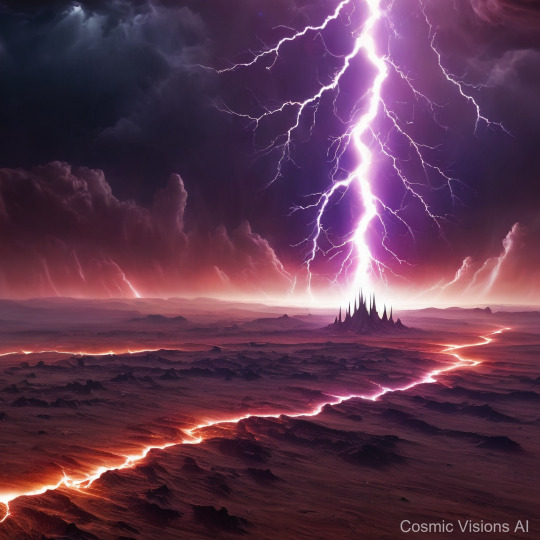
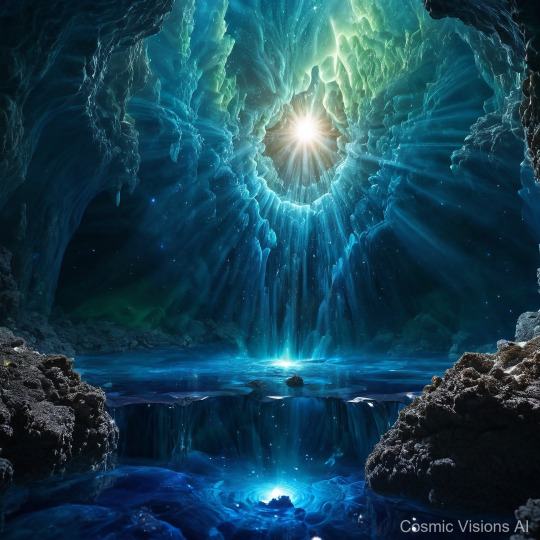
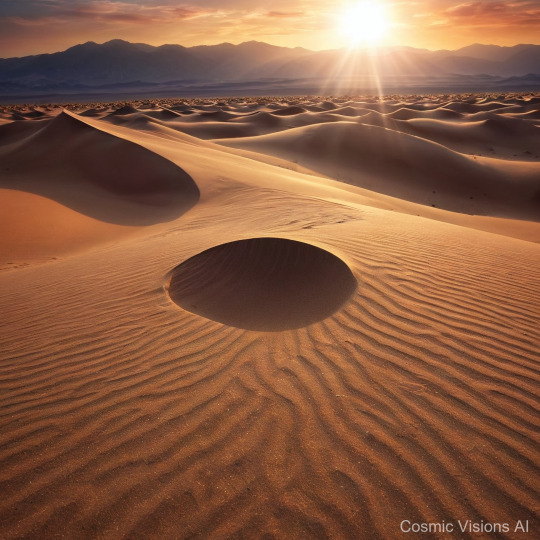
Planet Xylenia, distinctively recognized from space by its radiant teal atmosphere, is enveloped in shimmering crystal auroras that enhance its horizon. As a mid-sized celestial body, it casts a gentle azure glow reliant on the reflection from its unique atmospheric components, primarily consisting of xenon and argon, which facilitate the luminous phenomena seen as crystal auroras. These auroras not only decorate the sky but affect the planet's surface geology. Landing on Xylenia reveals an oasis-like landscape characterized by expansive fields of crystal formations, twinkling under the aurora-lit skies. These regions, predominantly flat with occasional crystal hillocks, resemble vast, frozen seas from afar but up close, are a tapestry of geometric perfection. The atmosphere, while breathtaking, maintains a low-temperature gradient, common in environments with high argon concentrations, preserving the delicate balance of these natural artifacts. Weather patterns remain stable, with rare crystal storms precipitating fine, glittering dust that nourishes the terrain, contributing to its alien beauty.
#CrystalAuroras#DeepSpaceMagic#SpacePhotography#AuroraBorealis#GalacticWonder#StellarSpectacle#AstroAdventures#CelestialViews#NightskyBeauty#AuroraOasis
0 notes
Photo
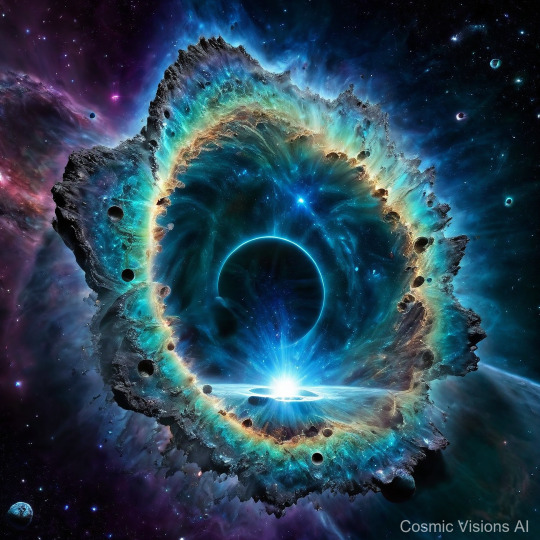
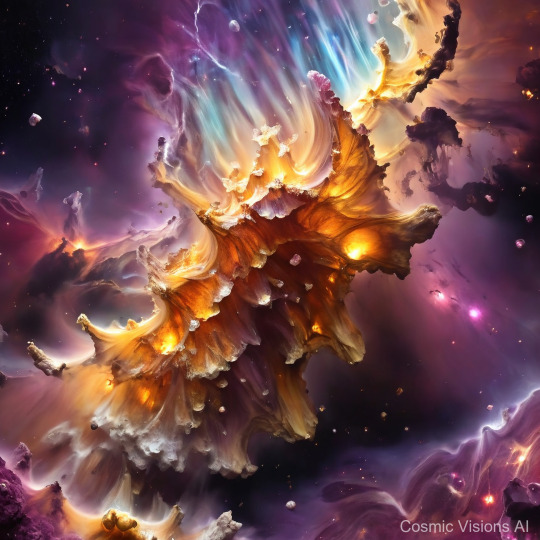
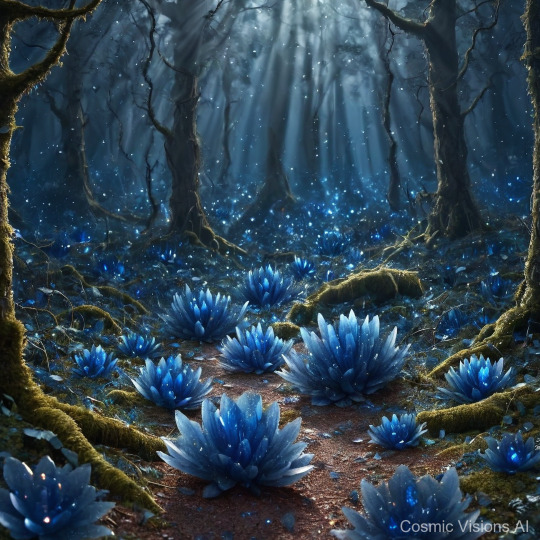
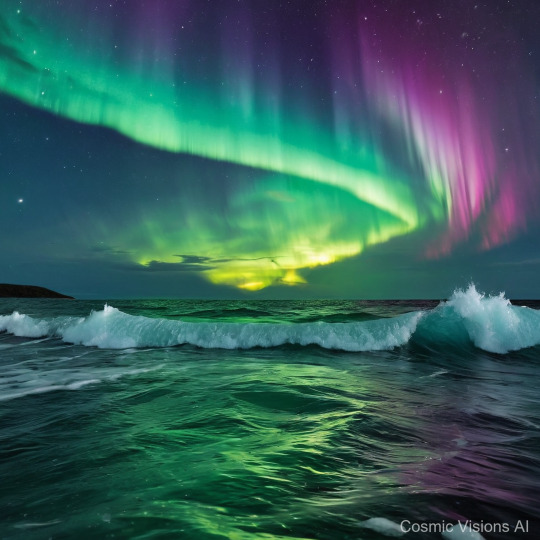
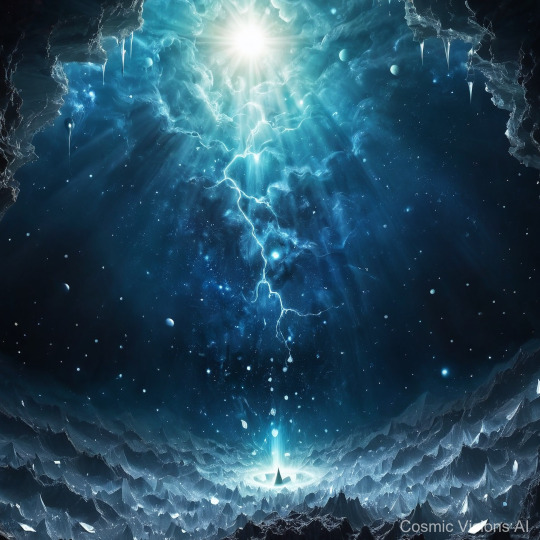
The planet, christened Crystallon, presents an extraordinary spectacle from space—its azure atmosphere veiled by swirls of shimmering crystal particles that reflect the light of its nearby star. Approximately the size of Neptune, Crystallon's distinctive hue arises from the high concentration of silicate and aluminate particles suspended in its thick, turbulent atmosphere. Surface explorations, aided by robotic probes, reveal a realm of stark beauty and extreme conditions. The landscape is dominated by jagged crystal formations, some towering as spires that pierce the sky, while others sprawl across the terrain like frozen waves. The most dramatic feature of Crystallon, however, is its frequent and intense crystal hailstorms. These storms hurl crystal shards ranging from microscopic glitters to sharp fragments several centimeters in diameter, a spectacle that, while perilous, contributes to the planet's dynamic surface evolution. This phenomenon is driven by extreme temperature gradients and rapid atmospheric circulation, continuously reshaping the planet’s surface.
#CrystalHailstormsRealm#GalacticGems#SpacePhotography#CelestialCrystals#AstronomyArt#NebulaVibes#StellarStorms#AstroJewels#CosmicWonders#DeepSpaceMagic
0 notes
Photo
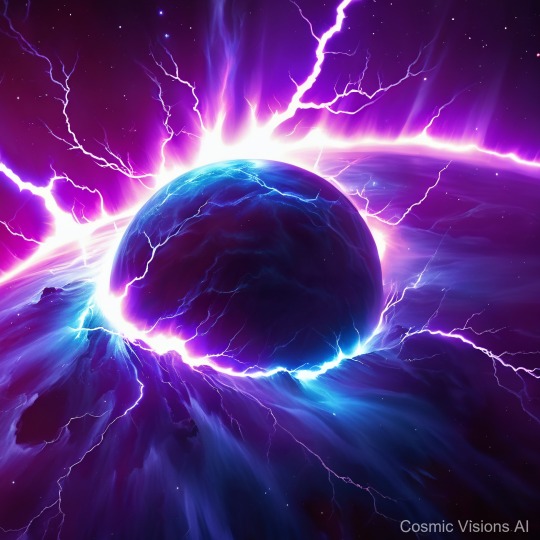
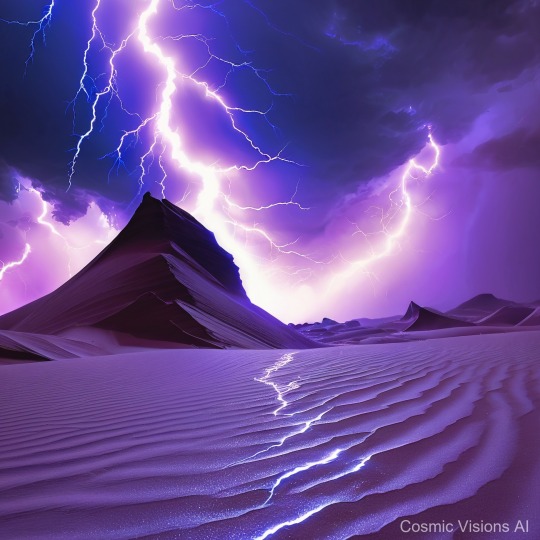
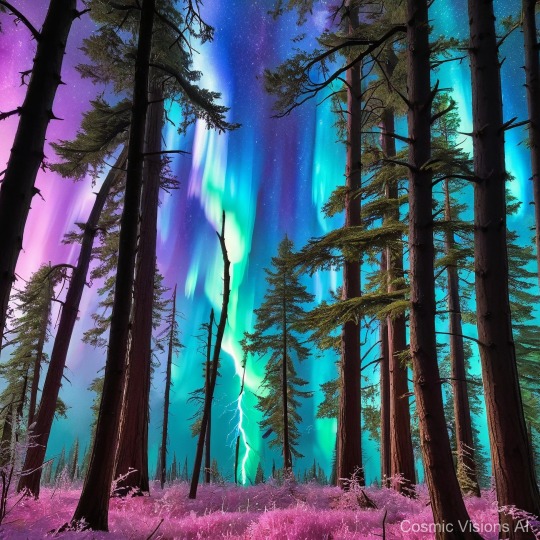
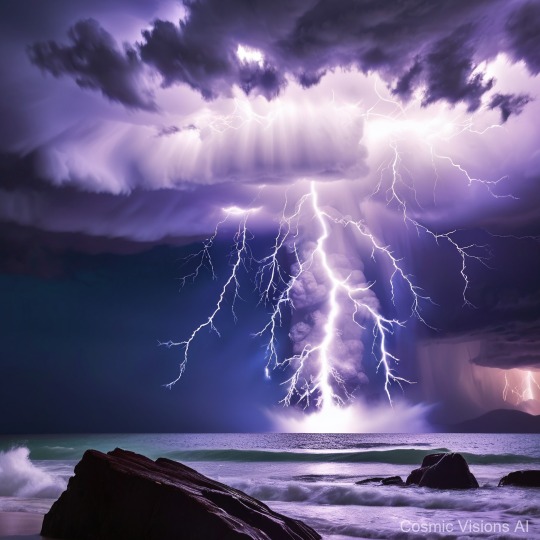
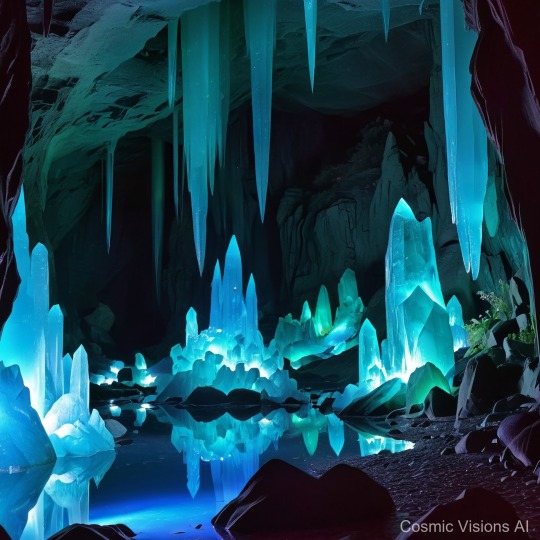
**Planet Overview: Rhyolara-7, Toxic Electric Crystal Storms** In the remote corridors of the Exozar Sector lies Rhyolara-7, a planet enshrouded in mystery and violent beauty. From space, it appears as a swirling tempest of mauve and turquoise, signifying vicious storm systems perpetually raging across its atmosphere. Its surface, largely imbued with expansive crystal formations, glints menacingly, reflecting the planet’s harsh lightning. **Atmospheric Composition and Meteorological Phenomena:** The atmosphere of Rhyolara-7 is dense with electrically charged gases, primarily xenon and argon, which interact with the planet’s unique magnetic field to trigger spectacular electric crystal storms. These storms consist of hyper-charged particles that ionize the air, creating brilliant flashes of neon blue and violet light. The lightning here is not only visually striking but significantly more potent than Earth’s, capable of fracturing the giant crystal structures that dominate the landscape. **Surface Conditions:** The surface, stark and rugged, is characterized by these towering anthracite crystals, some reaching heights equivalent to Earth's tallest skyscrapers. These crystals, comprised of etmorite—a semi-conductive mineral unique to Rhyolara-7—grow rapidly, fueled by the electrically charged environment. The repetitive fracturing and regrowth of these crystals give the surface a dynamically changing topography. **Climate and Environmental Hazards:** Temperature on Rhyolara-7 varies widely, exacerbated by the electrical activity in the atmosphere, ranging from searing heat during storm peaks to near-subzero in the brief interludes of calm. The electric discharges also generate sound waves, resulting in a constant, overwhelming cacophony that travels across the crystal-laden terrains. **Scientific Significance:** The ongoing study of Rhyolara-7’s electric crystal storms offers valuable insights into extraterrestrial atmospheric dynamics, planet formation theories, and the potentials of energy harnessing from naturally occurring electrical phenomena.
#ElectricCrystalStorms#SpacePhotography#GalacticLightning#NebulaChaser#AstroArt#CelestialStorms#AuroraGalaxy#CosmicElectricity#DeepSpaceMagic#StarryNightmare
2 notes
·
View notes
Photo
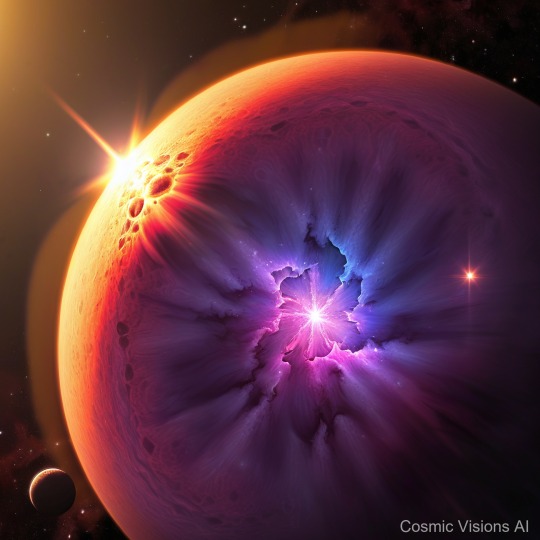



**Planet Overview: Calysto IV - "Whispering Crystal Caverns"** **Orbital Characteristics**: Calysto IV orbits a young, main-sequence star in the Viridum Galaxy. From space, the planet appears as a swirling palette of translucent blues and greens, hinting at its rich crystal-infused atmosphere composed primarily of silicate aerosols. Its size, slightly larger than Earth, suggests significant gravitational effects conducive for extensive geological formations. **Surface Conditions**: Calysto IV's surface presents a mesmerizing landscape dominated by crystal caverns. These natural formations are not merely geological curiosities but vast, interconnected systems that stretch across the planet’s equatorial region. **Unique Geological Features**: The caverns themselves are renowned for their 'whispering' quality—a phenomenon caused by the crystal-lined walls which vibrate under the influence of the planet's dense, silicate wind currents. Light from Calysto IV's twin moons refracts through these crystal surfaces, creating a luminous dance of colors that shifts with the planet’s slow rotation. **Meteorological Phenomena**: The atmosphere, thick with silicate particles, often results in 'glass storms', where the sky rains microscopic crystal shards that further blanket and expand the caverns' reach. These storms, while creating a visually stunning spectacle, contribute to the dynamic erosive processes that sculpt the caverns' intricate passageways. **Conclusion**: Calysto IV, with its unique blend of geological and atmospheric characteristics, poses a fascinating subject for studies in both planetary geology and atmospheric sciences. The whispering caverns, a testament to nature’s architectural prowess, offer insights into the intricate relationship between a planet’s surface and its atmosphere, driven by extraordinary environmental dynamics.
#WhisperingCrystalCaverns#GalacticEchoes#CosmicSplendor#NebulaWhispers#AstronomyArt#CelestialCaves#StellarSilence#DeepSpaceMagic#AstroPhotography#CrystalGrotto
0 notes